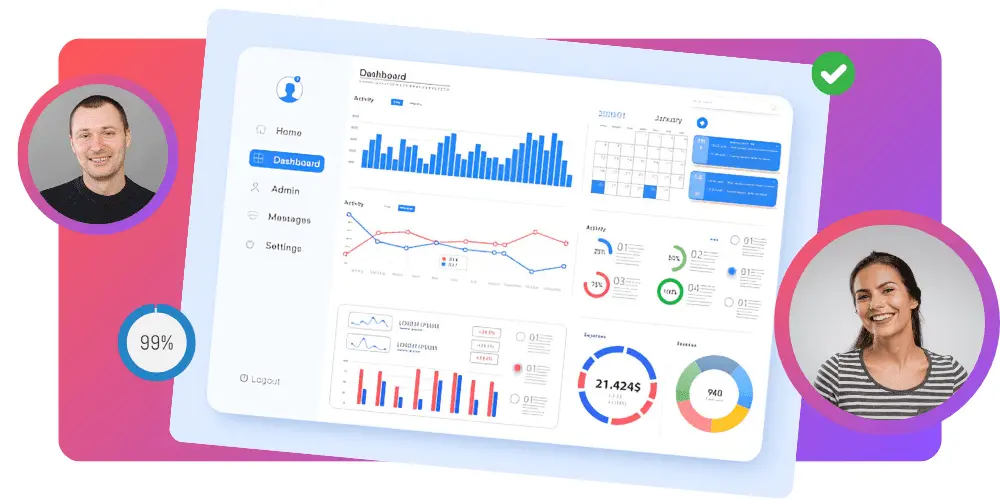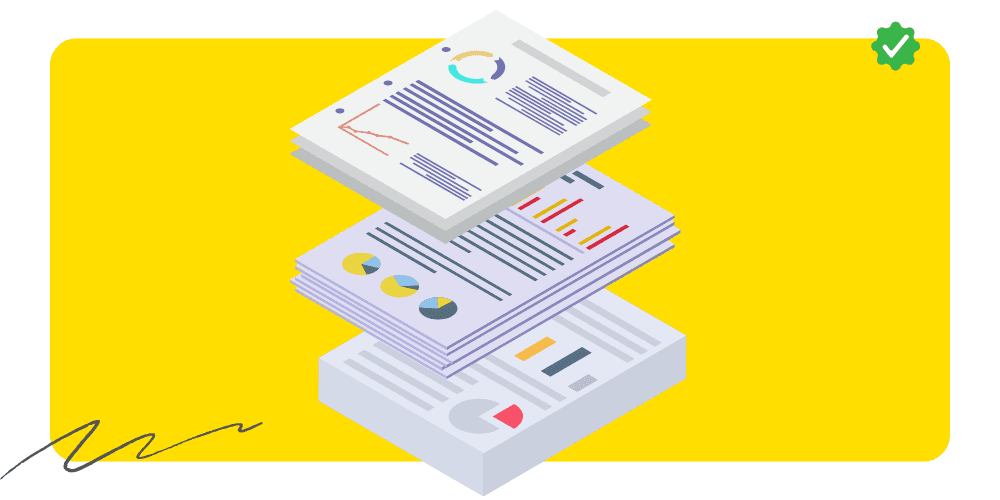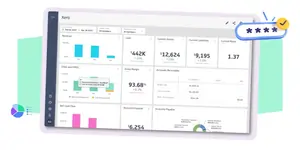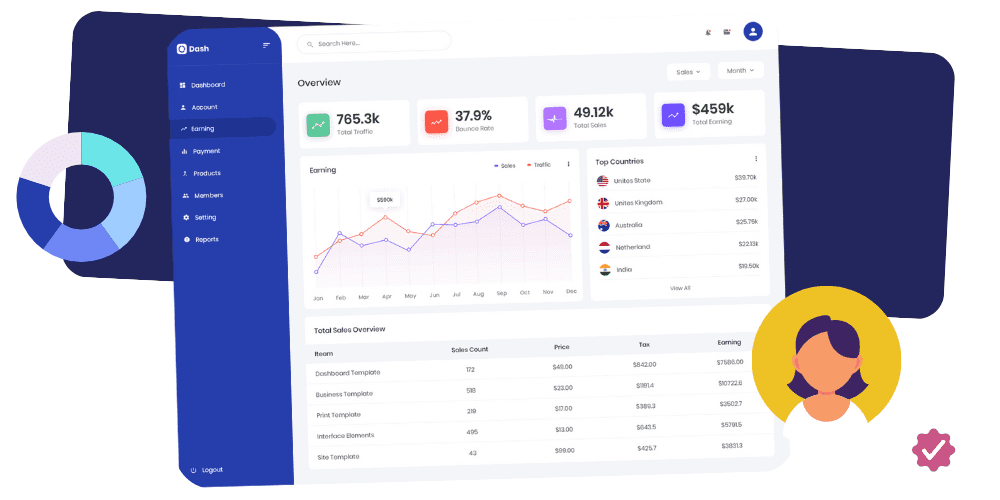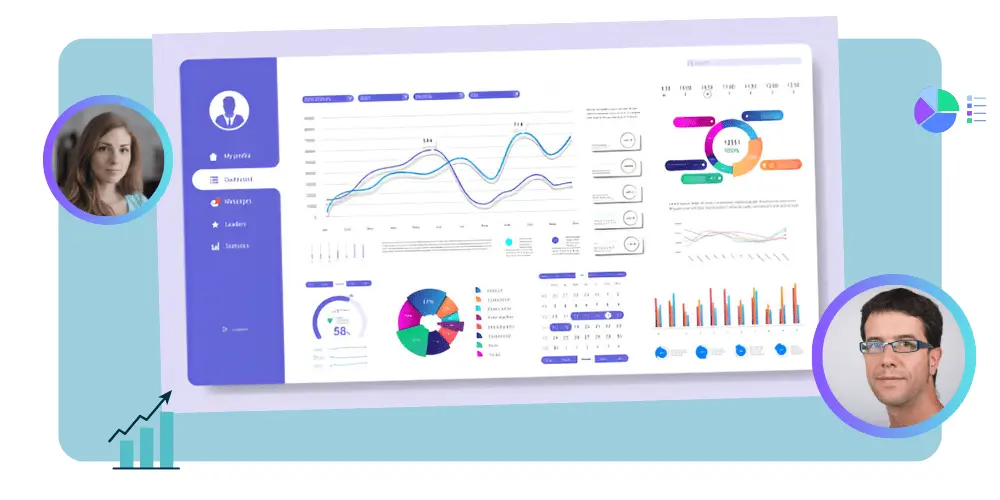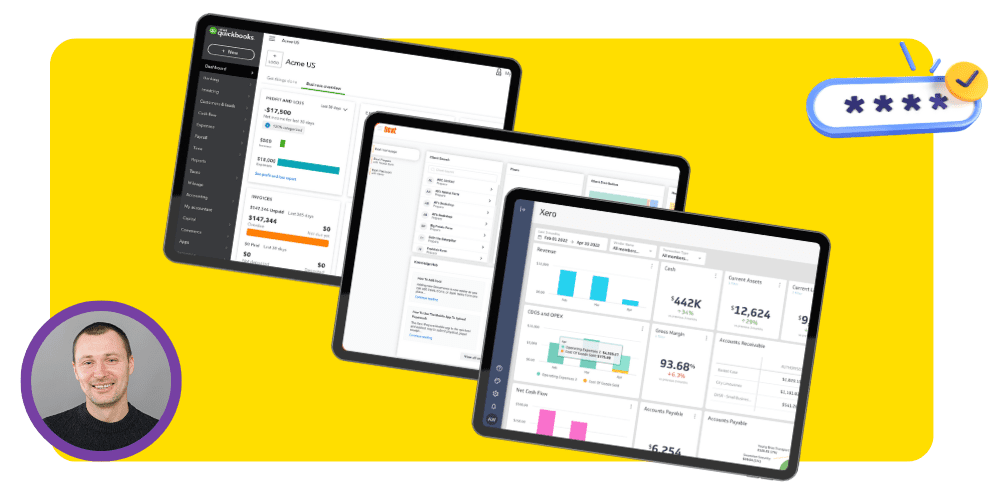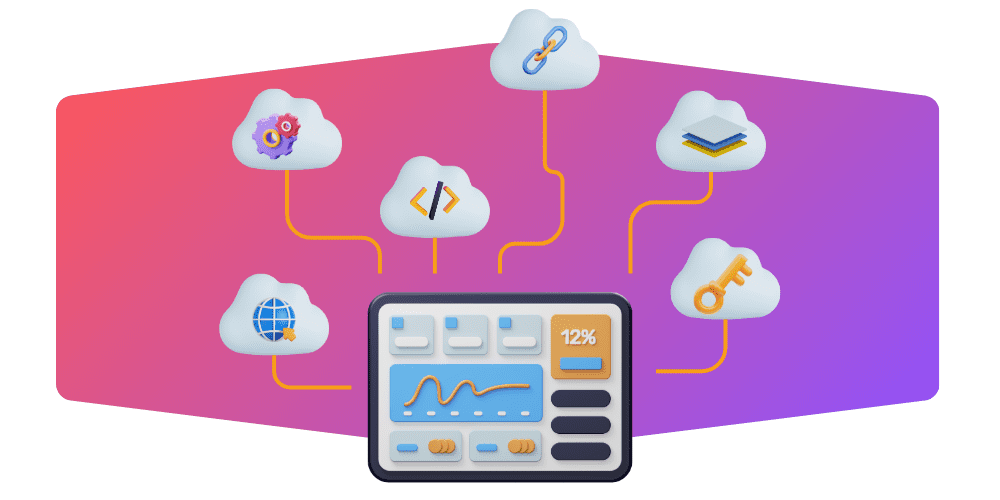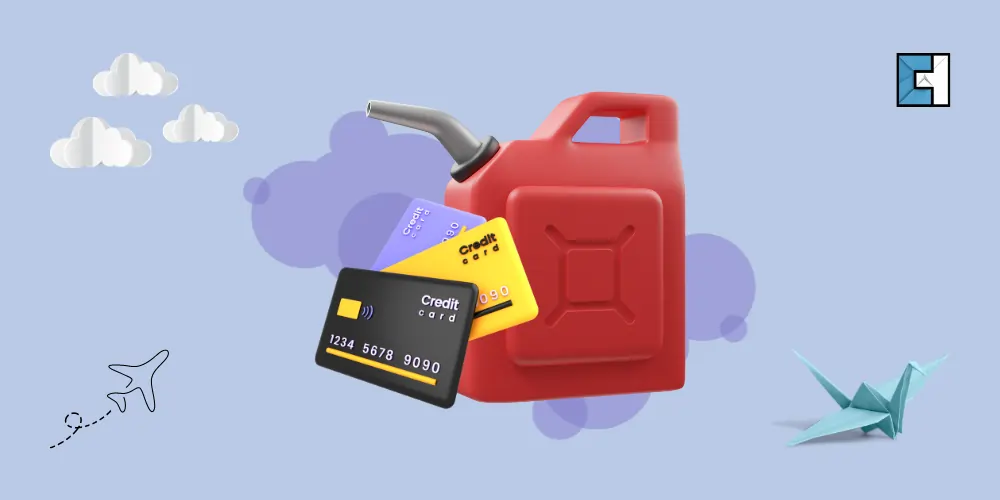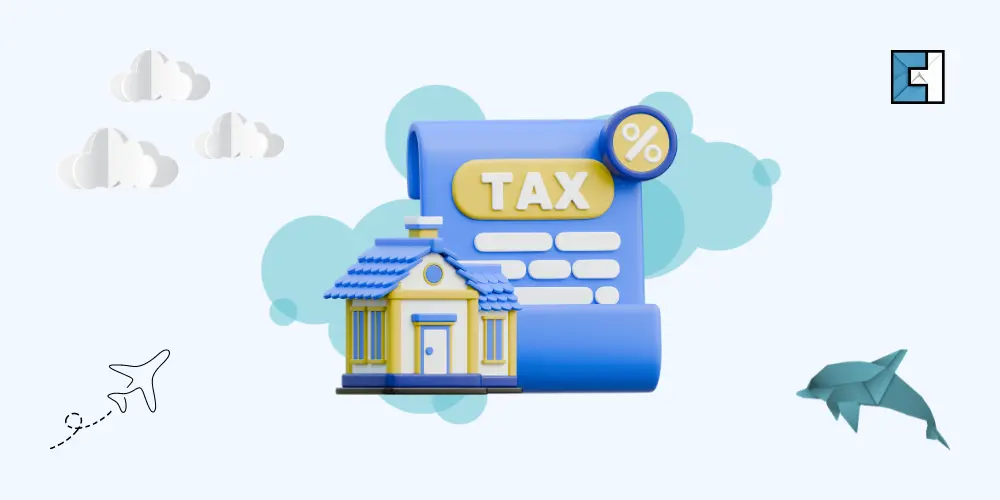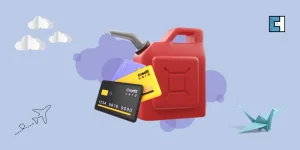Yes, trade receivables are the same as account receivables. The amount owed to a firm by its customers following the sale of goods or services on credit is known as trade receivables or accounts receivable. On the balance sheet, receivables are classified as current assets.
What are Trade Receivables?
Following the sale of items or services on credit, a business’s trade receivables are its outstanding debts to clients. Accounts receivable are another name for trade receivables, which are shown in the current assets section of the balance sheet.
Current assets are accounts that are expected to be converted to cash in the following year. In addition to trade credits, current assets include cash, cash equivalents, stock inventories, and prepayments.
The cash generated by a company’s sales may come from both trade and non-trade transactions. Non-trade receivables, for example, include receipts that are not the result of business sales, such as tax refunds or insurance payouts. Non-trade receivables are generally recorded on the balance sheet as current assets.
The terms “trade accounts” or “accounts receivable” are used to refer to a company’s outstanding invoices and bills. Accounts payable is the term used when a firm owes money to its vendors or other parties; trade accounts, on the other hand, pertain to the opposite side of transactions: the client owing money to the vendor
Streamline your payment process with practical strategies for timely payments, free invoice templates designed for UK businesses.
Trade Receivables Example for UK Businesses
In the UK, businesses often offer their clients credit terms of 30 days. This means that after the client receives an invoice for goods or services, they have up to 30 days to pay the amount owed.
If a company sells £1,000 worth of goods on credit and its credit terms are 30 days, then it will record £1,000 as a trade receivable on its balance sheet. After 30 days have passed and the client has not paid, the receivable will become overdue.
Overdue receivables are still considered current assets because they are expected to be paid within one year. However, if a receivable becomes overdue and is not collected, it may be written off as a bad debt.
A company can also choose to offer its clients discounts for early payment. For example, a business may offer a 2% discount if an invoice is paid within 10 days. In this case, the receivable would be £980 (2% of £1,000).
If the client pays the invoice after 10 days but before 30 days, the company would still receive the full amount of £1,000.
Offering discounts for early payment is a way to encourage clients to pay their invoices more quickly, which can help improve a company’s cash flow.
Learn how effective bookkeeping can support business growth by improving the management of trade receivables and cash flow.
Trade Receivables Formula
Do you want to know how much money you’ve invested in trade receivables? There’s a simple algorithm for calculating it, but you’ll need access to your company’s balance sheet:
Trade Receivables = Debtors + Bills Receivables
So, all you have to do is add up all of your debtors and bills receivables on your company’s balance sheet to figure out trade receivables. That calculation isn’t very useful on its own, though. Another metric is the trade receivable days formula, also known as the debtor days ratio, which can be used to determine how long it takes your creditors to pay their obligations:
Trade Receivable Days = Trade Debtors / Revenue x 365
It’s frustrating enough to handle bookkeeping and accounting as business owners; it’s even more vexing when terms like trade debtors and trade receivables are included. To all intents and purposes, many businesses may effectively consider the two words to be synonymous.
What Are Trade Debtors?
Debtors are an unavoidable component of the business. When you issue an invoice for products or services supplied, you create a trade debtor. In some cases, the phrase implies those who owe you money. In other situations, the amounts owed are referred to as trade debtors. The vast majority of what’s outstanding in most cases will be made up of trade debtors.
Accountants will count the items you sell as assets, but they’ll be classified differently than when you sell a capital asset like machinery or a car, for example.
The distinction is that rather than selling capital assets quickly, you keep them for a longer period of time with other assets like items in stock.
In general, the distinction between trade debtors and trade receivables does not become an issue for most firms; many of them either use one or the other to imply the same thing, or they interchangeably utilise the words without causing difficulties.
Collecting Trade Debts and Receivables Effectively
There’s still a lot of money out there that you can recover. What if your trade debtors or receivables turn into bad debts?
Improving how you invoice for labour or goods supplied might be beneficial to every small company. When it should be one of your main focuses, it’s frequently something that gets overlooked. That’s because, without invoices, you won’t have any cash flow. To maintain this aspect of your business healthy, you’ll need a dependable billing system in place that promptly and consistently bills your clients.
Taking the time to create positive habits in this area can have a significant impact on how your company operates. That isn’t just limited to boosting cash flow. You’ll spend far less time dealing with payment difficulties when you have the appropriate procedure in place.
How to Avoid Bad Debts?
Standard, transparent systems may help you avoid much of the time it takes to manage your business. Here are some suggestions for making things go more smoothly.
Make Certain you’re on the Same Page When it Comes to Payment Terms.
In the beginning, establish a positive relationship with all new clients. It’s critical to set forth clear payment terms right away. That way, both parties will be clear on where they stand from the start, and there can be no bargaining or disputes as a result of misinformation. Having something in writing is always a plus. That may seem awkward for some company owners, but the reality is that it simply removes a lot of the unpredictability in the future. You’ll have something to point to if anything goes wrong if you document your payment terms.
Be realistic about the terms of your payments. While it might be tempting to believe that being generous is a necessary component of attracting and keeping clients, bear in mind that high-quality goods and services achieve this on their own. Don’t make things more difficult than they need to be with deadlines that will cause frequent trading battles. Give clients a reasonable amount of time to pay, but not too much. The majority of small and medium enterprises operate within 30 days.
Make a Point of Invoicing on a Regular Basis, and Get it Right the First Time.
You can’t do anything without it, so take the time now and then to invoice customers. Consider it like if your funds aren’t going to arrive until 50 days have passed, the clock won’t start ticking until you send an invoice. Your suppliers won’t wait, and neither will your workers, so make sure you invoice them after a task is completed or items are delivered.
Take the time to double-check for any mistakes on invoices and to include additional information than you think is necessary rather than risking irritating your client – failing to do so may lead to payment delays.
It’s a fantastic notion and one of the simplest things you can do to reduce payment time is add your bank information to every invoice. Not all delays are caused by slow payers; so, offer all the necessary information for your customer to pay the invoice on time.
Find out Who Holds the Money and Send Invoices to Them.
Don’t just send your regular contact the invoice. They might be a buyer, but that doesn’t necessarily mean they’ll pay on time. Find out who is and email them directly instead of going through all of the other steps in the payment procedure.
Keep Track of Any Outstanding Balances
You’ve established clear payment terms and delivered and invoiced for items or services on time, so you’re entitled to be paid on time as well. In most situations, you’ll just be missing out because of oversight with your system in place. It’s simple to send a basic reminder a day or two after debts come due if you use accounting software. Then you’ll need to contact the proper individual and give them a gentle, polite reminder afterwards.
Protect your business from bad debts with effective bookkeeping strategies, robust credit control practices, and by understanding the impact of poor bookkeeping on overall performance.
What are the Options if a Client Does Not Pay an Invoice?
Even if you have to chase each and every payment (which is typical when managing a company), the overpayment should never extend beyond that point. So, what can you do if it’s apparent your client isn’t going to pay up?
When you receive a dispute, it’s important to follow certain steps. Begin by sending the client a copy of your original payment terms agreement – which will come in useful at this time. You’ll need to remain cool and polite while being firm and clear that the situation isn’t going to go away. If they don’t pay the debt in seven days, make it absolutely clear that you’ll file a claim in court. Make sure the letter is dated and signed clearly.
Debt-Collection Action
Filing a claim for an unpaid debt on a bad trade is called “debt-collection action.” If your 7-day appeal is not responded to or paid, you’ll need to pursue it further. You can issue a statutory payment demand if the amount owed reaches £5,000. That’s what you’ll receive in most cases if you file a claim. It will usually come with a 21-day time limit for payment. Once the deadline has passed, you can take legal action. Statutory payment demands are frequently successful because failing to deal with one means that you are entitled to apply to have the debtor declared bankrupt.
For claims below £100,000, a business may use the Small Claims Court. Keep all paperwork relating to the debt, including a signed order or contract and your 7-day payment demand. You can file an online claim and incur just the debt if you’re successful; in which case, both the debt and court expenses will be refunded to you.
Conclusion
we highly suggest utilizing invoice tracker software, such as Xero or Quickbooks, which is generally included as part of a cloud accounting package. This will automatically keep track of payments, issue reminders to your clients, and give you greater visibility and control over your cash flow.
Additional Resources




